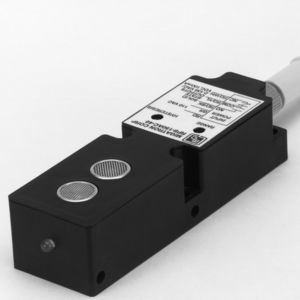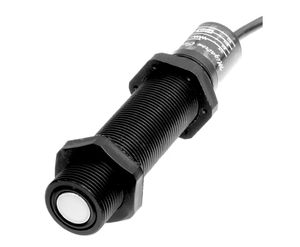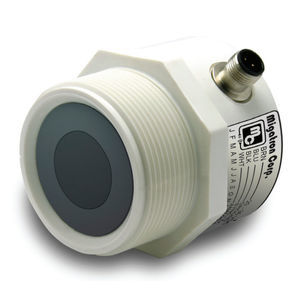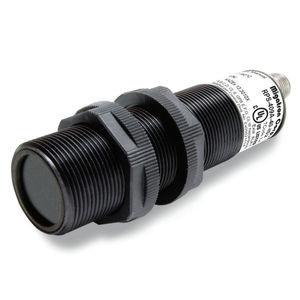
- Products
- Catalogs
- News & Trends
- Exhibitions
Ultrasonic proximity sensor RPS-4000cylindrical24 Vdcthreaded

Add to favorites
Compare this product
Characteristics
- Technology
- ultrasonic
- Shape
- cylindrical
- Supply voltage
- 24 Vdc
- Mounting
- threaded
- Material
- plastic, PVC, glass
- Measuring range
Max.: 40 mm
(1.57 in)Min.: 2 mm
(0.08 in)- Process temperature
Max.: 60 °C
(140 °F)Min.: -20 °C
(-4 °F)
Description
Simple Calibration
Non-Contact
Temperature Comp.
Analog 4-20mA Output
Sensitivity Control
Level Sensor
Self-Contained
LED Indicator
Quick Disconnect
Level Control
Microprocessor Design
The RPS-4000 self-contained long range Ultrasonic Sensor provides level control of both liquid and bulk materials. This gives the user a viable alternative to bubblers, floats, capacitance probes, and pressure transmitters.The RPS-450 product line features solid state construction including the solid state relay outputs. The sensor operates in the ultrasonic spectrum and is therefore not heard. For initial setup purposes, a built in potentiometer and LED indicator are provided.
The LED indicator illuminates when the ultrasonic wave from the sensor is reflected back to the sensor within the desired range. The sensor provides precise proximity or level sensing regardless of target color, density, or transparency. The sensor is equally effective on liquid, metal, plastic, or glass targets.
Specifications
Input Current: - 125mA
Humidity: - 0 – 95% Non-Condensing
Enclosure: - PVC housing with PVC sensing face
Outputs: - Current Sourcing Analog Output 4 – 20mA Inverted & Non-Inverted, Load 0 – 500 Ohm Maximum, Short Circuit Protected
Transducer Frequency: - 38kHz
Transmit Time: - Transmit time equals the sensors maximum distance x 10ms. For example if the maximum programmed distance is 10′ the transmit time is 100ms.
Weight: - 15 ounces
Catalogs
RPS-4000
4 Pages
Migatron Ultrasonic Sensors
68 Pages
Related Searches
- Proximity switch
- Cylindrical proximity switch
- IP67 proximity switch
- Distance sensor
- Threaded proximity switch
- Rectangular proximity switch
- DC proximity switch
- Analog distance sensor
- Stainless steel proximity switch
- 24 Vdc proximity switch
- Cylindrical distance sensor
- Ultrasonic distance sensor
- 12 Vdc proximity switch
- Plastic proximity switch
- Standard proximity switch
- 15VDC proximity switch
- Compact distance sensor
- ATEX proximity switch
- IECEx proximity switch
- AC proximity switch
*Prices are pre-tax. They exclude delivery charges and customs duties and do not include additional charges for installation or activation options. Prices are indicative only and may vary by country, with changes to the cost of raw materials and exchange rates.















